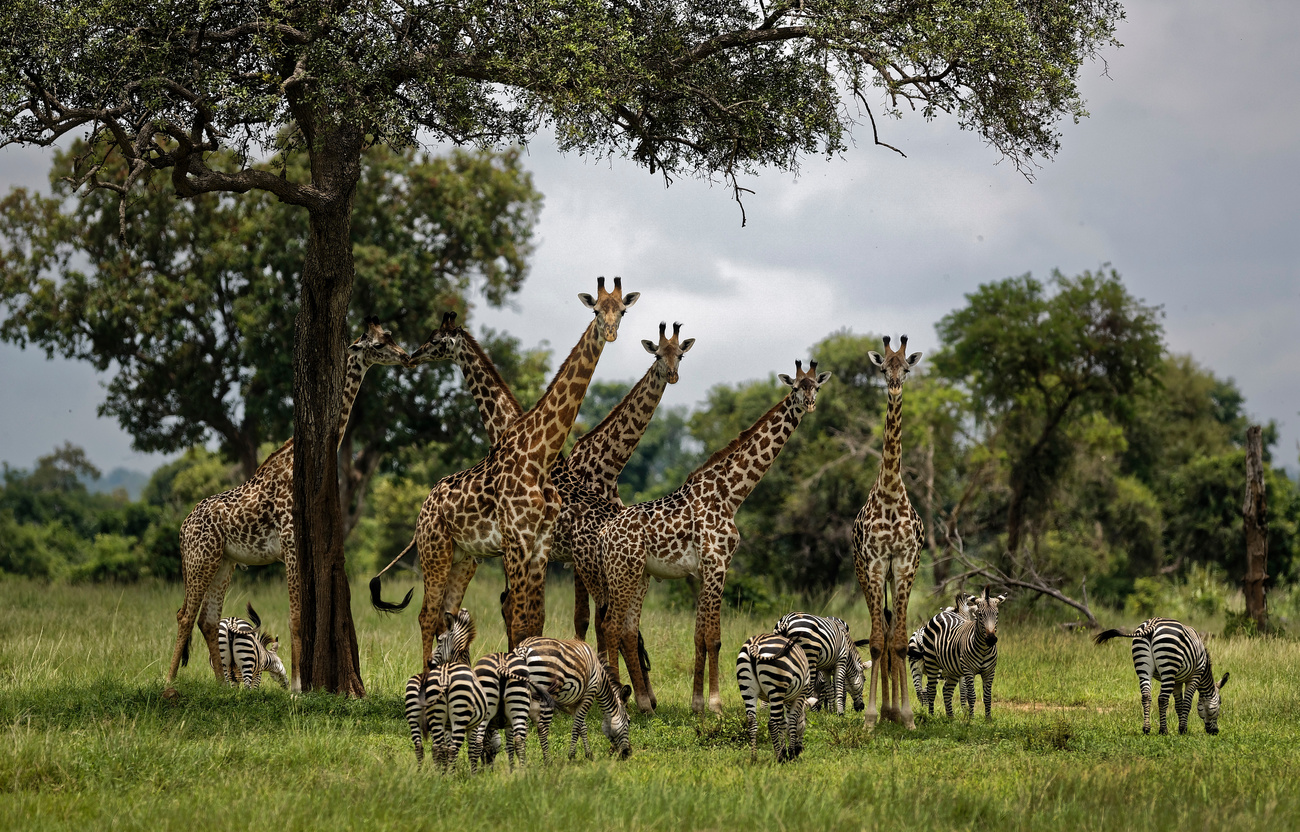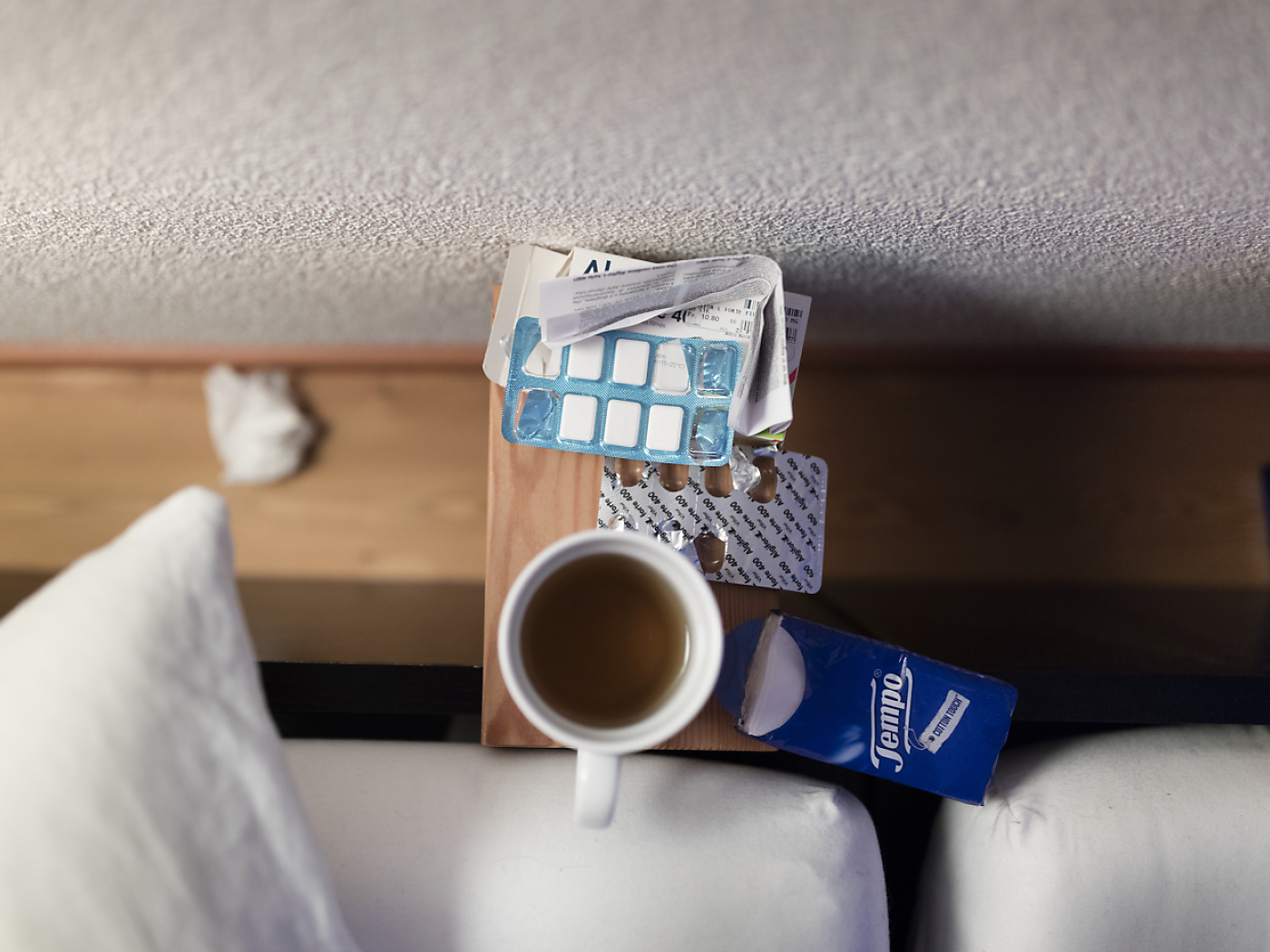Humans upend the social lives of giraffes, study shows

Living near human settlements disturbs the social networks of giraffes, according to an international study led by the University of Zurich.
They have weaker bonds with other giraffes and fewer interactions with other members of the species, according to the study, which examined the social structure of over 500 female giraffes in Tanzania.
The effects of human presence on the social relationships of wild animals have rarely been studied.
Even if the animals are not hunted or killed, increasing contact with humans could have profound indirect impacts, according to the researchers. This is because proximity to humans could disturb the animals’ ability to perform at tasks that are important for survival – such as feeding together or rearing young.
Researchers from the department of evolutionary biology and environmental studies at the University of Zurich have now taken a closer look at this topic by studying Masai giraffes in Tanzania.
The study, carried out with researchers from the Max Planck Institute of Animal Behavior, the University of Konstanz and Pennsylvania State University, provides the first robust evidence that human presence affects the social structure in this iconic herbivore.
Tracking social dynamics
For their study, the scientists first needed to obtain large amounts of data from field research.
“Detecting signals of natural versus human-caused influences on social relationships among wild animals is challenging,” says Monica Bond, first author of the study.
Over a period of six years, Bond and her research collaborators collected photographic data spanning 540 adult female Masai giraffes that live in a large, unfenced landscape in the Tarangire Ecosystem of Tanzania – an environment that features varying levels of anthropogenic (human-caused) disturbance.
The researchers were able to identify individual giraffes by their unique and unchanging spot patterns. This resulted in one of the largest-scale social networks ever studied in a wild mammal.
Female bonding
The female giraffes in Tarangire live in a complex society, with individuals preferring to associate with some females while avoiding others.
These preferences result in discrete social communities of 60 to 90 females with little mixing among the groups, even when they move in the same general area.
“The study reveals that social structuring is clearly an important feature of female giraffe populations,” says Barbara König, UZH professor and co-author of the study.
Disruptive humans
Being exposed to humans disturbs these social networks, according to the research data. Giraffes living closer to settlements of indigenous Masai people have weaker and fewer social ties.
The researchers suspect that giraffes living near these communities are more likely to encounter livestock and humans. This potentially causes groups of giraffes to split up.
Masai giraffe populations have declined 50% in recent years – due to poaching, loss of habit and changes in food supply. Researchers speculate that disrupted social systems may be a hidden cause for their decline.
The team also found that groups of female giraffes with calves were more likely to occur closer to human settlements – possibly because this provides better protection from lions and hyenas.
“It seems that fmale giraffes face a trade-off between maintaining important social bonds and reducing risk to their calves near these traditional settlements,” explains Bond.
The study’s results suggest that human presence could play an important role in determining the conservation future of this species of giraffe.

In compliance with the JTI standards
More: SWI swissinfo.ch certified by the Journalism Trust Initiative




















You can find an overview of ongoing debates with our journalists here . Please join us!
If you want to start a conversation about a topic raised in this article or want to report factual errors, email us at english@swissinfo.ch.